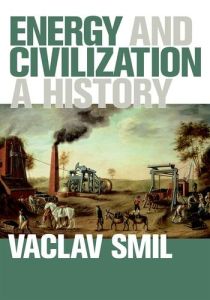Recommendation
Canadian university professor Vaclav Smil’s legendary work on energy, particularly in the United States, has garnered worldwide honor. Yet Smil writes for experts, not the layperson. His energy overview covers 441 dense pages and oddly-sequenced chapters – plus addenda – relaying statistics, facts and expert opinion, but little softening storytelling. He describes the role of energy in societal issues, slavery, war, economic growth and environmental ruin. This brilliant work best serves determined readers pursuing encyclopedic knowledge of the history and role of energy from fire to fusion.
Summary
About the Author
Vaclav Smil’s other books include Should We Eat Meat; Global Catastrophes and Trends; Energy Myths and Realities; and Power Density.
By the same author
Book
Book
Book
Learners who read this summary also read
Book
Article





















Comment on this summary